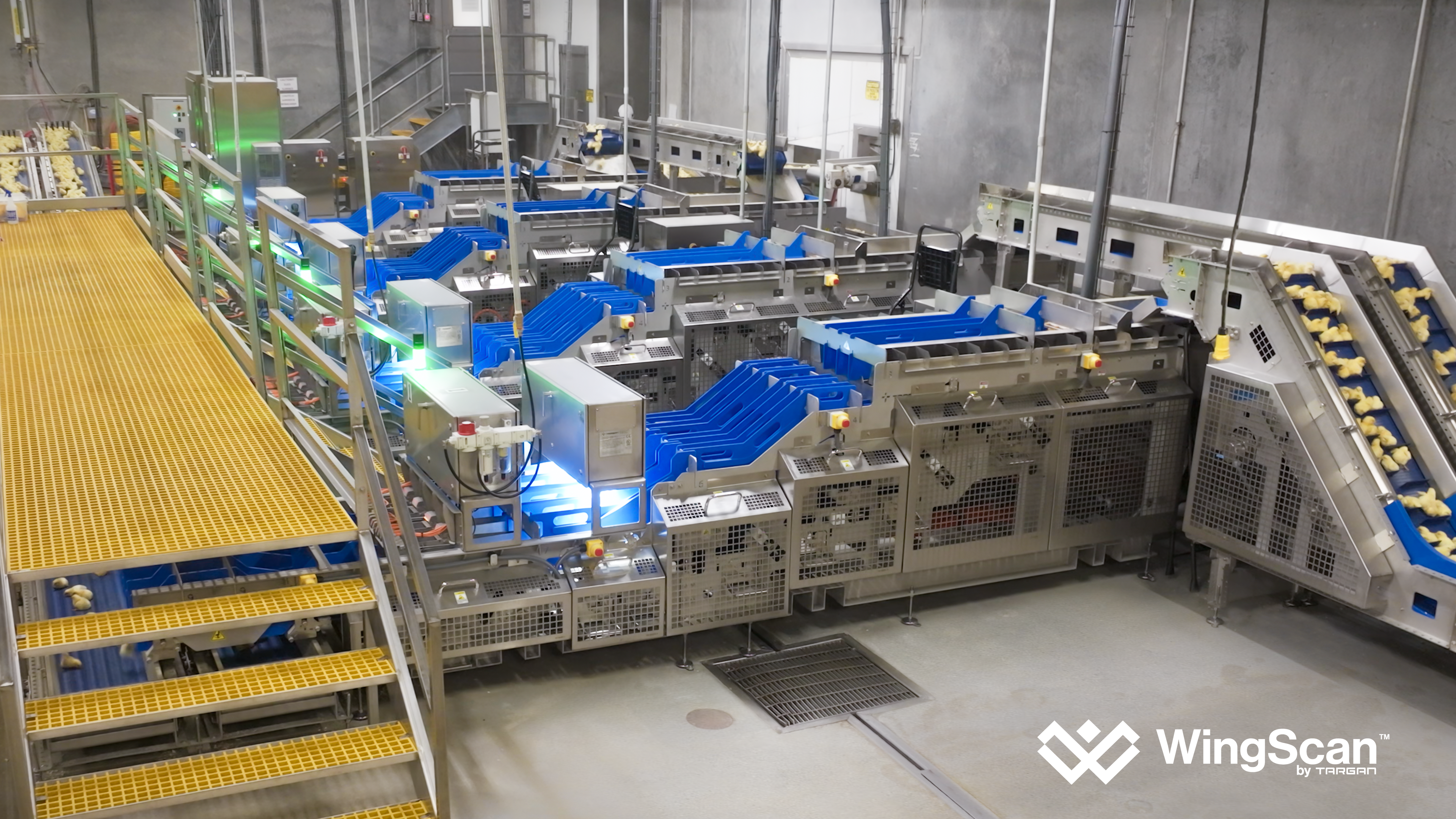What is Feather Sexing? Its Importance and Evolution

Feather sexing is a method of identifying day-old male and female chicks by their feathers. It’s one of a few techniques available, alongside methods like vent sexing or in-ovo sexing, each used to determine the sex of chicks at an early stage.
It’s a technique commonly used in a limited range of bird species, particularly certain breeds of chickens, where differences in feather length or pattern between males and females can be observed shortly after hatching. This method of chick-sexing offers the poultry industry a quick and non-invasive way to determine the sex of chicks at a very early stage, which can be crucial to broiler production.
Chick gender identification allows producers to separate males from females early on. It allows for the implementation of feeding and rearing strategies tailored to their differing growth rates and feed conversion ratios (FCR). Among the various methods used for chick sorting, feather-sexing is highly accurate and well-suited for broiler breeds. Additionally, its less invasive nature contributes to improved bird welfare, a factor that has become increasingly important to producers.
Hatchery Automation
There have been remarkable advancements in broiler sexing over the past century; what once took significant time can now be accomplished in a matter of seconds, holding significant potential to contribute to the poultry industry's growth.
With advancements in technology, new opportunities are emerging to optimize this process. Automation and artificial intelligence (AI) are paving the way for even greater efficiency and precision in feather-sexing, promising to further enhance the productivity and sustainability of the entire value chain.
The integration of advanced AI systems, as offered by WingScan™, in feather-sexing is transforming broiler production by providing consistency, precision, and efficiency. Considering the industry’s labor challenges, exacerbated by the pandemic, reducing reliance on manual labor is certainly an attractive advantage of automated feather sexing. Automated chick sexing helps to ensure fast throughput, accurate identification and uniform bird sizes that maximize yield and processing efficiency.
AI Feather-Sexing
The labor-intensive nature of manual feather-sexing, as with many other chick sexing methods, presents its own set of challenges, such as worker shortages, high training costs and health concerns among staff, particularly in developed regions.
By improving the processing rate, meat yield, minimizing waste and enhancing product quality, automated feather-sexing can directly contribute to profitability — particularly at the plant where there is already greater automation.
Uniformity is key for producers who need to meet tighter weight and size distribution requirements, allowing for improved yield and precisely calibrated robotics. To meet rising global demand, AI chick sexing can help secure competitiveness and sustain a rapidly evolving market.
Elevating Animal Well-Being Through Innovation and Trust
Feather-sexing has evolved significantly since its inception. Traditionally performed manually, this process relied heavily on the skill, speed, and accuracy of workers who can inspect up to 2,000-3,000 chicks per hour.
Launched in 2023, WingScan™ revolutionizes sex identification at hatcheries using advanced vision systems and artificial intelligence algorithms to sex and sort day-old chicks with up to 98% accuracy, processing up to 160,000 chicks per hour.
Our system has the power to unlock downstream value for poultry producers at the farms and plants, facilitating even more targeted feeding strategies, increasing yield, and ensuring consistent product quality at processing plants.
As an innovator within the industry, we’re proud of the unique blend of expertise in engineering and science that allows us to continue to transform the global food supply for good.
Stay connected with us to be the first to know when we share new updates.
Contact us today to discover how WingScan™ can transform your operations.
Media Contacts:
Charlotte Baker
+44 (0)20 8647 4467
charlotte.baker@garnettkeeler.com
Carlos Bautista
Carlos.bautista@targan.com